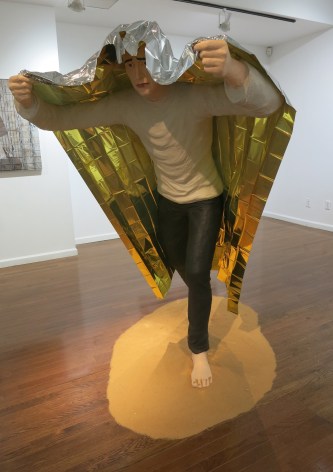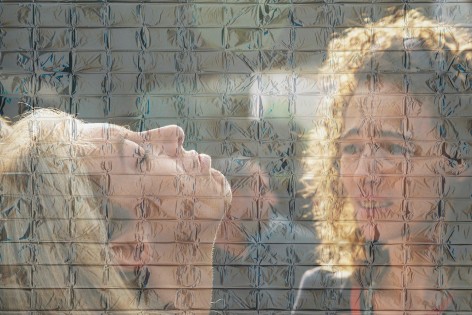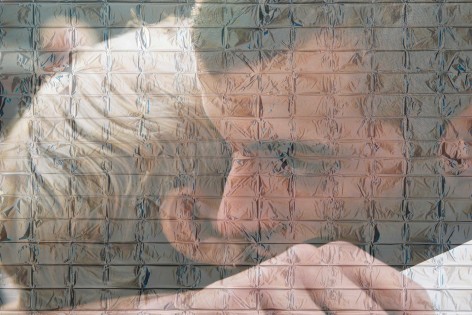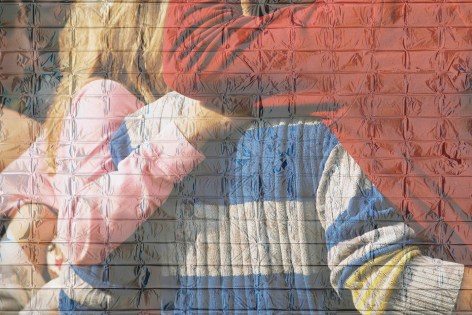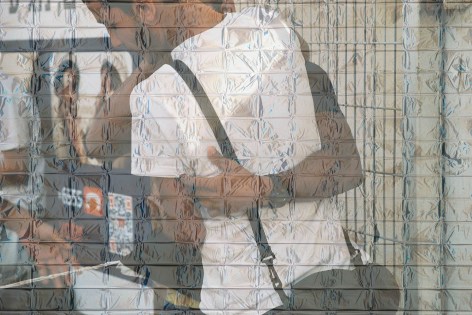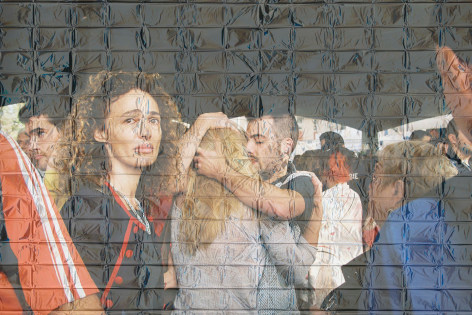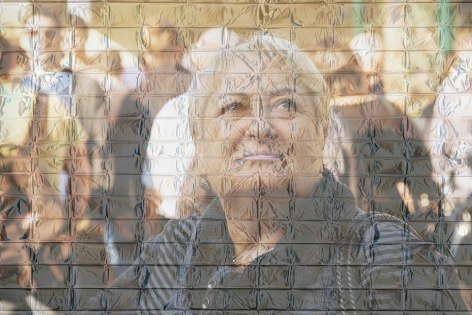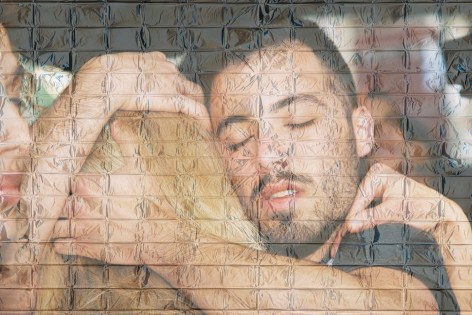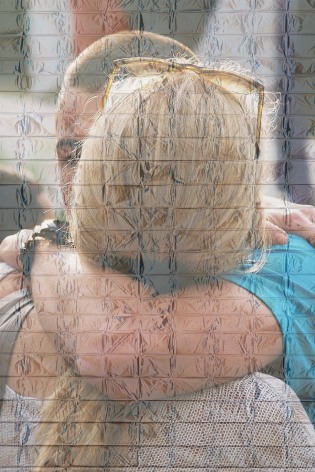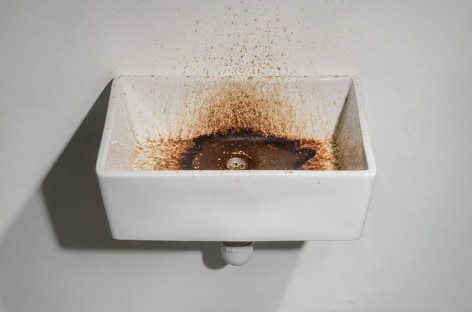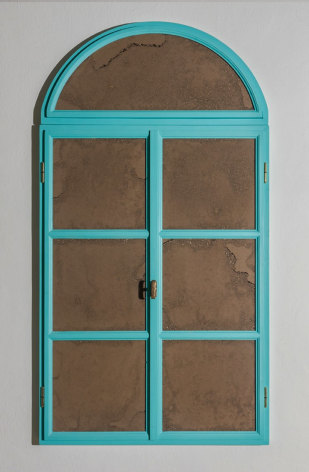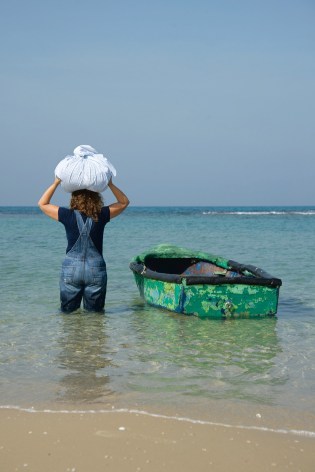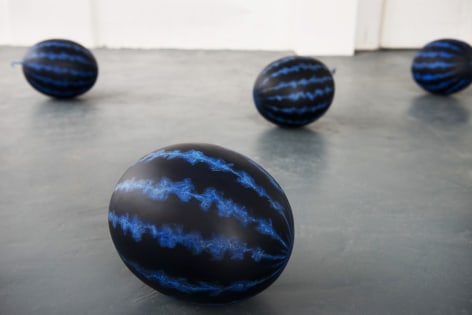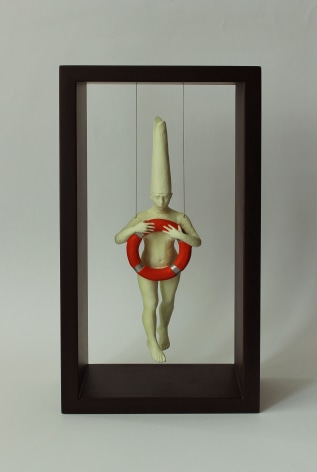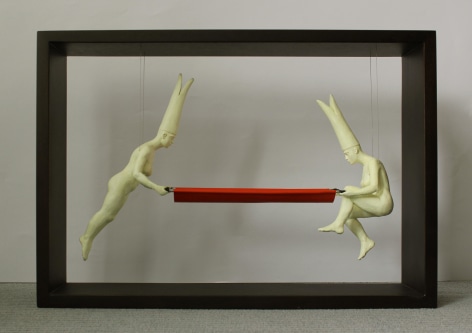STUX + HALLER is pleased to announce the opening of Esther Naor: AFTERMATH, her first solo exhibition at our gallery, featuring photographs and sculpture selected from the artistʼs recent body of work.
AFTERMATH is the third episode in a “trilogy,” functioning as both a survey and culmination of Naorʼs work since 2010. The exhibition will continue the concerns Naor has been addressing for the past decade, and further shaped in her solo exhibitions in 2012, “Side Effects,” and 2015, “A Sudden Dark Breeze over My Uncovered Skin.”
Though suffering is not unique to our current world, we are now inundated with tragedy, terror, disease, and war on a 24-hour news cycle that does not relent. Esther Naorʼs work freezes the cycle of our unstable age, distilling our anxieties into a public confession of the worldʼs afflicted, lonely, redemptive common ground.
A new series of photo works, printed on glossy aluminum, will surround and exist in dialogue with Naorʼs newest sculpture. Scenes of people bidding farewell, awaiting unknown futures, are overlaid on the life-preserving surface of a thermal emergency blanket. The thin foil (developed by NASA), coated silver on one side and gold on the other, calls to mind images of the survivors of the Paris terror attack and the waves of refugees in Europe. Completing this new series is a selection of works from her 2012 and 2015 solo exhibitions in New York City. A window obscured by earth greets one at the door, beside Naorʼs monumental worry beads hanging stoically next to a gurgling sink, surrounded by her Tigris River blue melon sculptures perched on the floor.
Central to this exhibition is a life-sized sculpture inspired by the figure in Goya's 1798 painting "Witchesʼ Flight.” The thermal emergency blanket yet again cloaks a man, hunched, fleeing...the blanket here in three dimensions, serving its true purpose: protection, warding off the specter of fear. The man lurches forward, frozen in his perpetual movement and ordinary clothes, an energy preserved in his body and tense, nervous face.
Goyaʼs reminder that “the sleep of reason produces monsters” is the haunting refrain behind Naorʼs visual language. In the words of critic Michaël Amy, “By citing the Spanish master, Naor seems to be condemning, through her own work, intolerance of every stripe, which, like a terrible illness, destroys life.”
Esther Naor was born in 1961 in Israel, where she currently lives and works. She studied civil engineering and computers and worked in the hi- tech industry before turning to art studies. Since the year 2001 she has been dedicating herself to art, working mainly in the mediums of sculpture, installation, photography, and video. Her work has been exhibited widely in the United States, Israel, and Europe.

